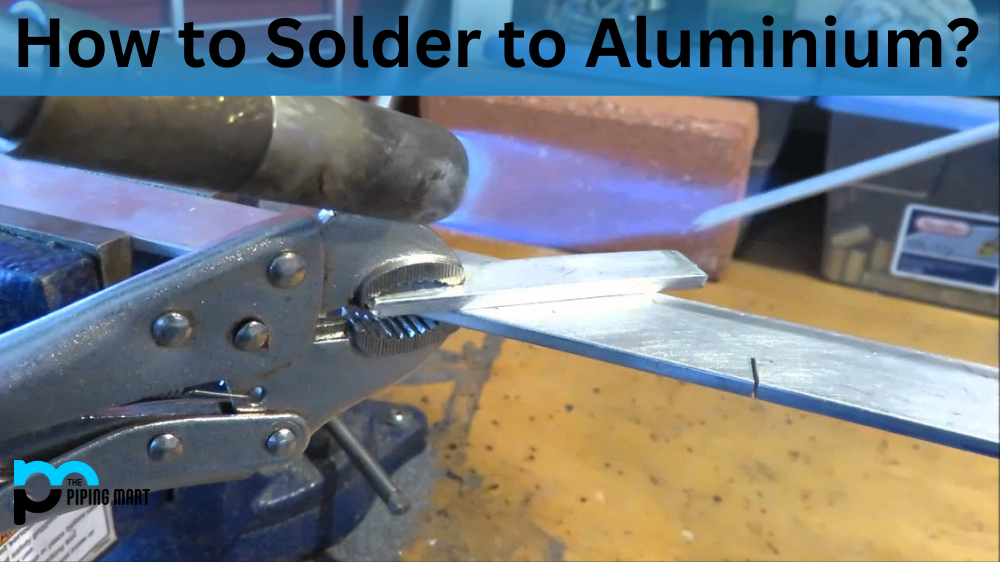Have you ever wondered what the difference is between high-tensile steel and normal steel? Both are popular materials used in construction, but they have some distinct differences. In this blog post, we’ll explain how to identify high-tensile steel, break down its properties and uses, and compare it with normal steel.
What is High Tensile Steel?
High tensile steel is a type of alloyed carbon structural steel that has higher strength than normal steel. It’s also known as “high strength low alloy” (HSLA) steel because it contains additional alloying elements such as chromium, molybdenum, nickel, vanadium, and tungsten that increase its strength while keeping its weight relatively low. It’s also referred to as “low-alloy” or “micro-alloy” because the amount of these elements present in the material is small compared to other types of alloys.
High-tensile steel is most often used for applications such as bridges, buildings, construction equipment, pressure vessels, and automotive components. Due to its superior strength compared to regular steels, it can provide cost savings when parts can be produced from thinner sections of material. This means less metal needs to be cut away during fabrication resulting in lower costs overall.
How Can You Identify High Tensile Steel?
One way you can identify high-tensile steel is by looking for specific markings on the material itself. Most commonly, you will find an “H” or “HT” followed by a number that indicates the grade of the material and hence its yield strength (the amount of force required to cause permanent deformation). Other marks may include a manufacturer logo or trade name, which can help with identification too.
Another way you can identify high-tensile steels is by their color – they will generally have a darker shade than regular steels due to their higher carbon content.
High Tensile Steel Vs Normal Steels
High-tensile steels are generally stronger and harder than regular steels due to their increased levels of alloying elements like chromium or molybdenum, which increase their resistance against wear and tear. They are also more ductile, meaning they are able to bend before breaking under load, compared with normal steels, which tend to snap before bending at similar loads. The trade-off for this increased strength comes in terms of corrosion resistance – since high tensile contain more carbon, they are less resistant against rusting than standard steels, which makes them unsuitable for applications where exposure to moisture is likely such as outdoor fencing or marine structures, etc. However, if painted or coated regularly, then this problem can be minimized significantly so long as it’s done properly.
Composition
The main difference between high tensile steel and normal steel is the composition. High tensile steel has a higher carbon content, which gives it strength and durability. Normal steel, on the other hand, has a lower carbon content and is more ductile.
Properties
High tensile steel is stronger and harder than normal steel. It is also less likely to deform under stress. Normal steel, on the other hand, is more ductile and is more likely to deform under stress.
Uses
High tensile steel is often used in construction, as it is able to support a large amount of weight without deforming. It is also used in the manufacture of tools, as it is less likely to break under heavy use. Normal steel is often used in the manufacturing of pipes and other objects that need to be malleable.
Cost
High tensile steel is more expensive than normal steel, as it requires a higher carbon content and special manufacturing processes. However, its strength and durability make it worth the extra cost for many applications.
Availability
High tensile steel is not as widely available as normal steel, as it requires special manufacturing processes. However, it can be found in most hardware stores and online retailers that sell construction materials
Conclusion:
The main difference between high-tensile steel and normal steel lies in their composition; high tensile contains additional alloying elements that give them an increased resistance against wear and tear while also making them stronger overall but less corrosion resistant than regular steel. Their superior strength allows parts made from them to be thinner, saving on manufacturing costs, while their ductility helps them bend before breaking under load, unlike regular steels, which tend to snap instead. Ultimately whether one should use high tensile over regular steels depends on the application – if corrosion resistance isn’t an issue, then high tensile may prove more useful, but if it is, then regular steels may be more suitable. Ultimately much depends on the particular application involved, so careful consideration should be taken when making any decisions regarding using either material.

Meet Bhavesh, a seasoned blogger with a wealth of knowledge and experience. From metal products manufacturing to retail, Bhavesh has a diverse background in various industries and is dedicated to sharing his insights and expertise with readers.




